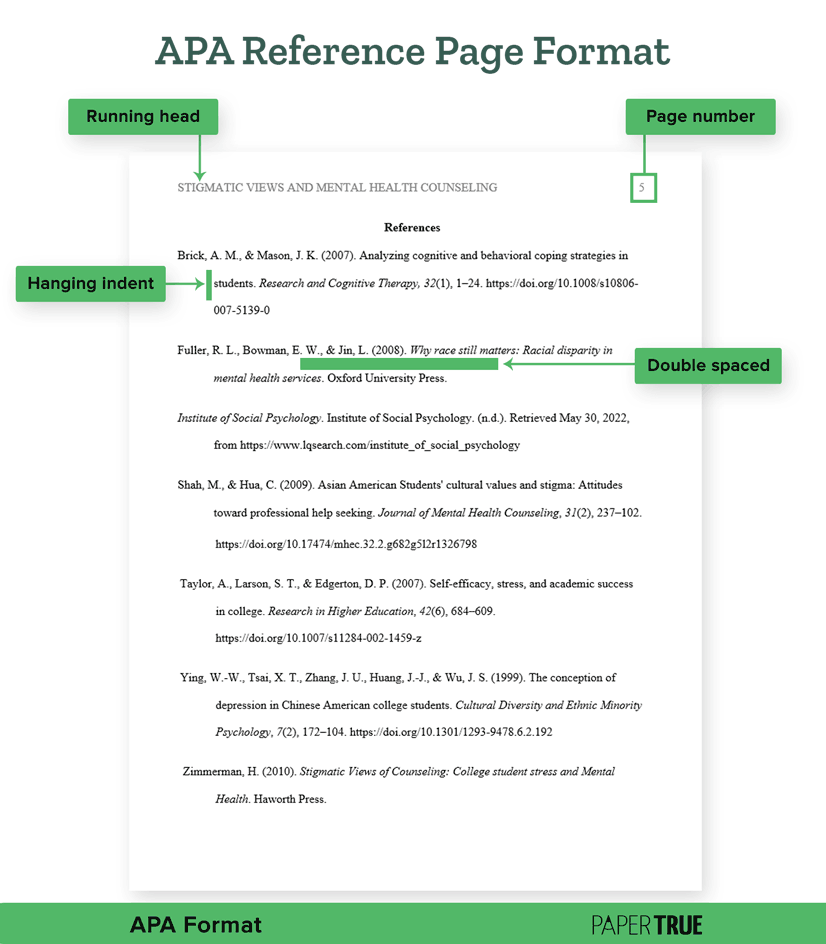Ever found yourself staring blankly at a reference list, feeling like you’re deciphering hieroglyphics rather than citing sources? The intricacies of APA style can seem daunting, but mastering it doesn’t require sorcery. It’s a structured system, and with the right approach, you can learn to navigate its complexities with surprising ease.
This masterclass unveils a pragmatic pathway to APA referencing proficiency, transforming the perceived challenge into an achievable feat. We’ll dissect the core components, address common pitfalls, and equip you with the knowledge to construct impeccable citations. So, prepare to demystify the APA manual and elevate your academic rigor.
Understanding the Foundation: Why APA Matters
The American Psychological Association (APA) style isn’t arbitrary. It’s a standardized framework designed to ensure clarity, consistency, and ethical attribution within scholarly writing. Adherence to APA guidelines facilitates easy source identification, promotes academic integrity by preventing plagiarism, and allows readers to trace the origins of ideas. Moreover, it provides a uniform presentation across diverse disciplines, fostering seamless comprehension and collaboration.
Deconstructing the Core Elements of an APA Citation
An APA citation, irrespective of source type, fundamentally comprises four key elements: Author, Date, Title, and Source. Each element serves a distinct purpose and follows a prescribed formatting protocol. Let’s examine each in detail:
Author: Identifying the originator of the work is paramount. This section typically includes the last name, followed by initials. For multiple authors, specific rules govern the order and punctuation. For instance, when citing a work by two authors, you would use an ampersand (&) before the final author’s name. For more than two authors, the guidelines shift, often employing “et al.” after the first author’s name in subsequent citations within the text.
Date: Indicating the publication year provides context and temporal relevance. Accuracy is vital. The year is enclosed in parentheses and followed by a period.
Title: The title of the work, whether it’s a book, article, or website, is presented in title case (only the first word of the title and subtitle, and proper nouns, are capitalized). The title format changes depending on the source type. Journal titles are italicized; article titles within journals are not. Pay close attention to these distinctions.
Source: This final element specifies where the reader can locate the cited material. It includes the journal name, volume number, issue number (for journals), DOI (Digital Object Identifier), or URL (for online sources). The specifics vary based on the resource type. For example, a book citation includes the publisher’s location and name.
Mastering In-Text Citations: The Art of Acknowledgment
In-text citations are concise references placed within the body of your text, indicating the source of information or ideas. They typically include the author’s last name and the publication year. There are two primary types: parenthetical citations and narrative citations.
Parenthetical Citations: These are enclosed in parentheses and usually appear at the end of a sentence or clause. For example: (Smith, 2023).
Narrative Citations: Here, the author’s name is integrated into the sentence, followed by the year in parentheses. For example: Smith (2023) argues that…
For direct quotations, include the page number or paragraph number (for online sources without pagination) after the year, separated by a comma: (Smith, 2023, p. 45). When dealing with multiple authors, the formatting of in-text citations mirrors the rules for the reference list.
Navigating the Reference List: Constructing a Comprehensive Inventory
The reference list, appearing at the end of your paper, provides complete details for all sources cited within the text. It allows readers to locate and verify the information you’ve used.
Formatting Essentials: The reference list begins on a new page with the title “References” centered at the top. Entries are arranged alphabetically by the first author’s last name. Each entry employs a hanging indent (the first line of each entry is flush left, and subsequent lines are indented). Double-spacing is applied throughout the entire list.
Common Source Types and Their Formats: Let’s examine a few common source types and their corresponding APA formats:
- Journal Article: Author, A. A., Author, B. B., & Author, C. C. (Year). Title of article. Title of Journal, Volume(Issue), page range. DOI
- Book: Author, A. A. (Year). Title of book. Publisher.
- Website: Author, A. A. (Year, Month Day). Title of page. Site Name. URL
Note that these are simplified examples. More complex scenarios, such as citing edited books or sources with no author, necessitate specific adjustments to the format.
Avoiding Common Pitfalls: Addressing Frequent Errors
Several common errors can plague APA citations. Being aware of these pitfalls can significantly improve the accuracy and credibility of your work.
Inconsistent Formatting: Maintaining consistency in punctuation, capitalization, and spacing is crucial. Adhering to the APA style guide meticulously is vital.
Missing Information: Ensure that all necessary elements (author, date, title, source) are present in each citation. Leaving out information can hinder source retrieval.
Incorrect Abbreviation Usage: Abbreviate journal titles according to APA guidelines. Incorrect abbreviations can lead to confusion.
Plagiarism: Properly attribute all sources to avoid plagiarism. Paraphrase effectively and use quotation marks for direct quotes.
Tools and Resources: Leveraging Available Support
Numerous tools and resources can assist you in mastering APA style. Online citation generators, while helpful, should be used with caution. Always double-check the generated citations against the official APA Publication Manual.
University writing centers offer valuable support and guidance on APA formatting. Utilize these resources to refine your referencing skills. Consult the APA Style website for the most up-to-date guidelines and examples.
Practice Makes Perfect: The Path to Proficiency
The key to mastering APA referencing is consistent practice. Start with simple sources and gradually progress to more complex materials. Regularly review your citations and seek feedback from instructors or writing center staff. Embrace the learning process and celebrate your progress. With dedication and the right strategies, you can transform the challenge of APA style into a skill that enhances your academic endeavors.
